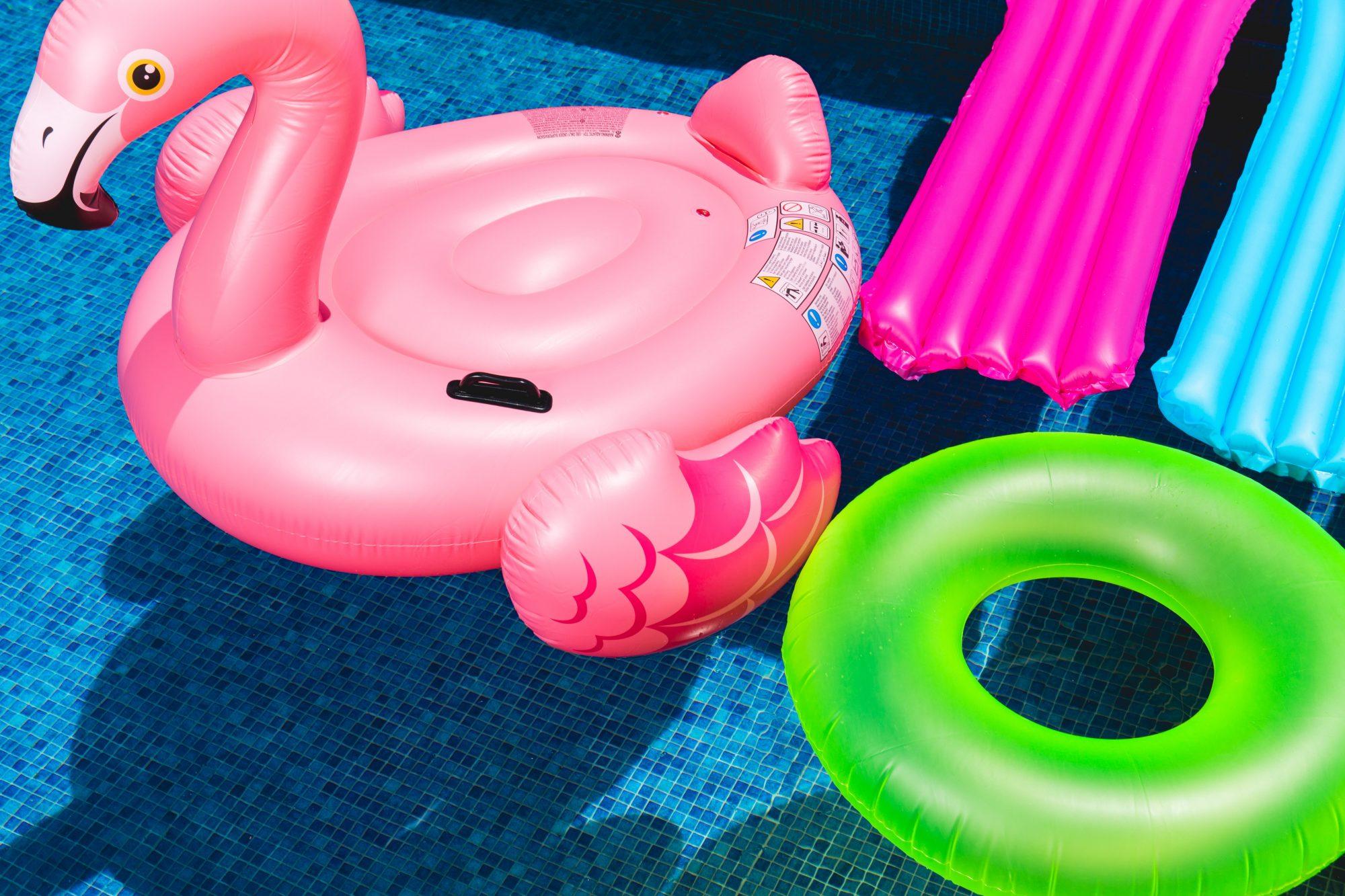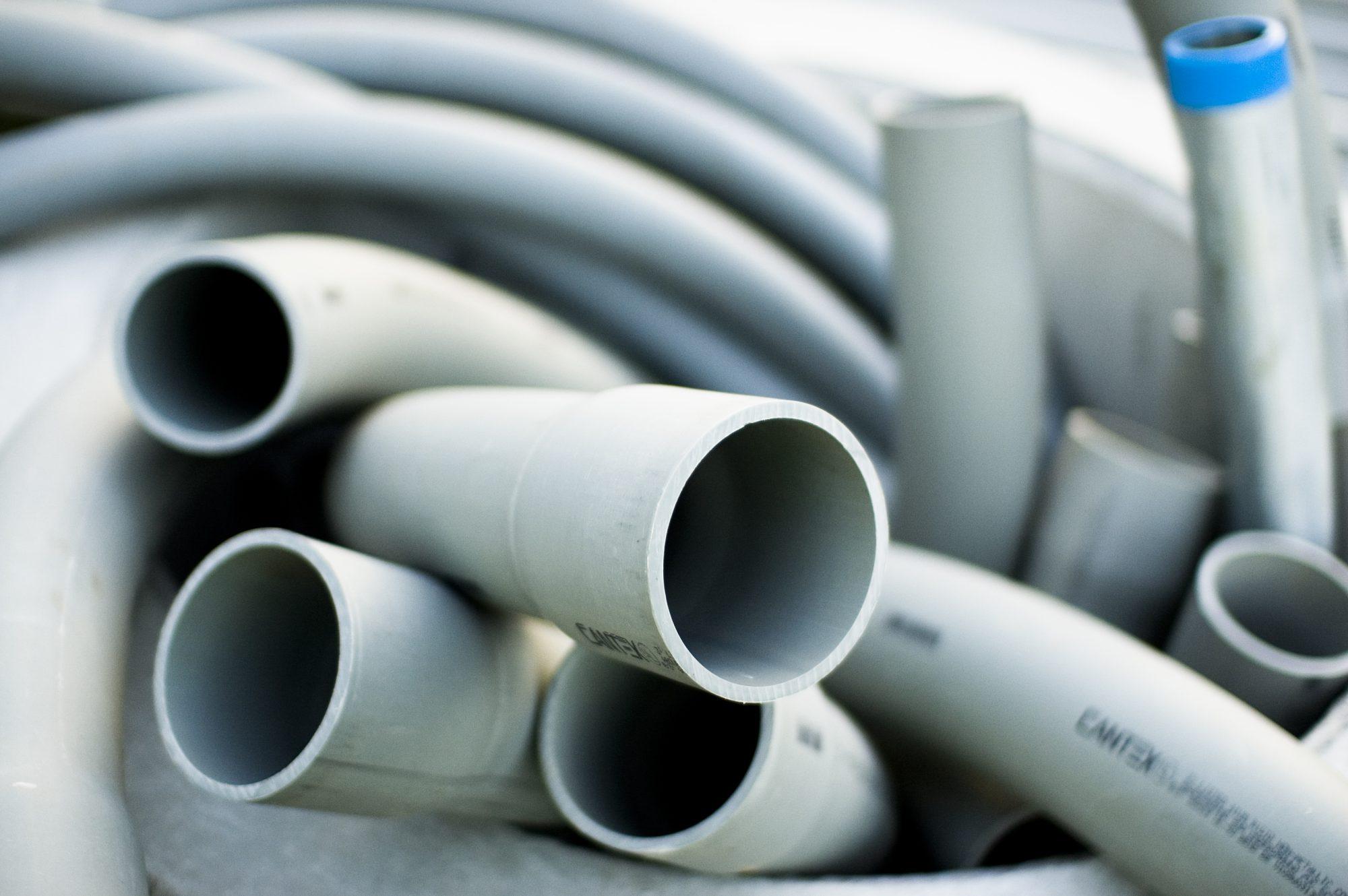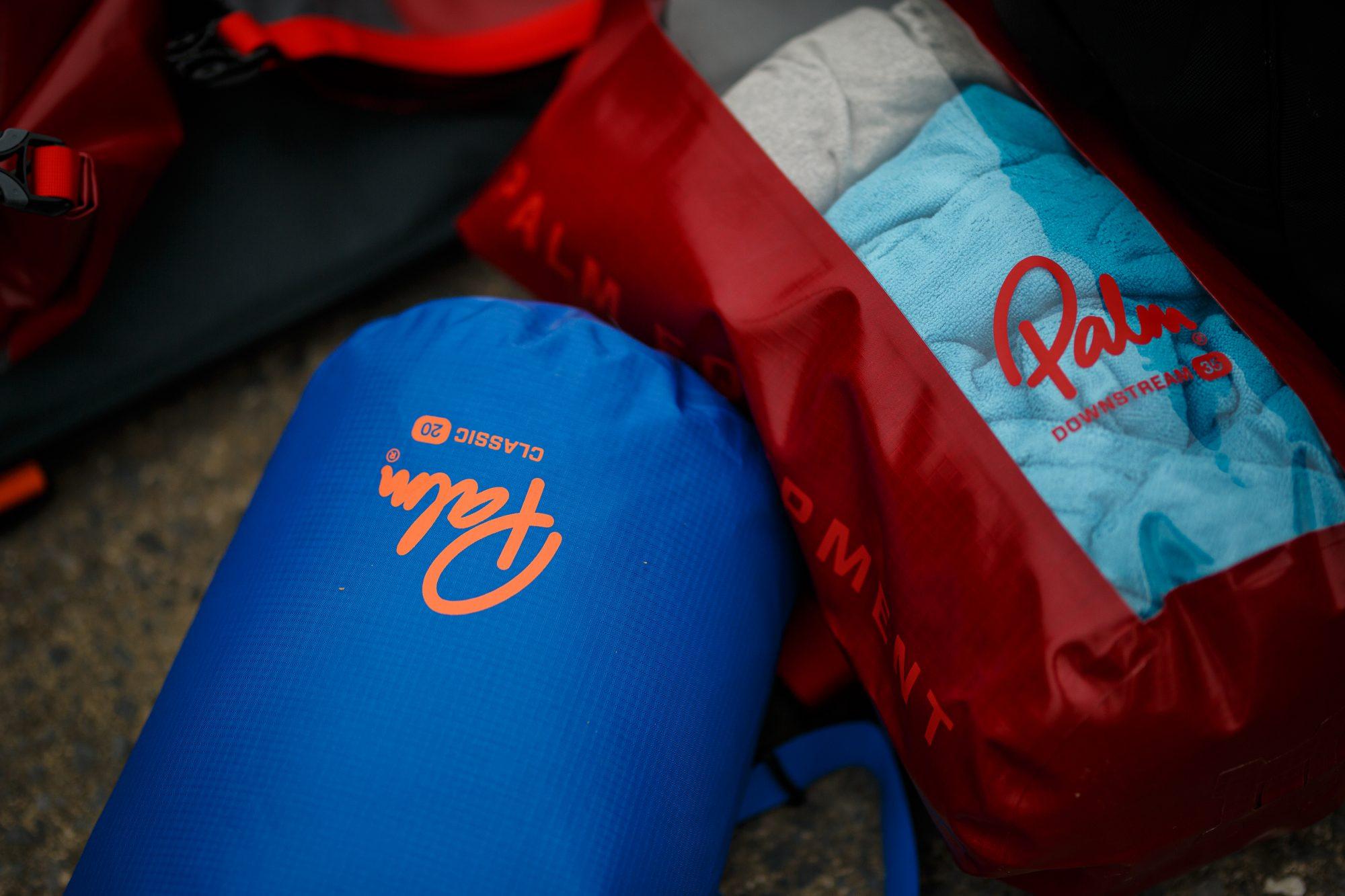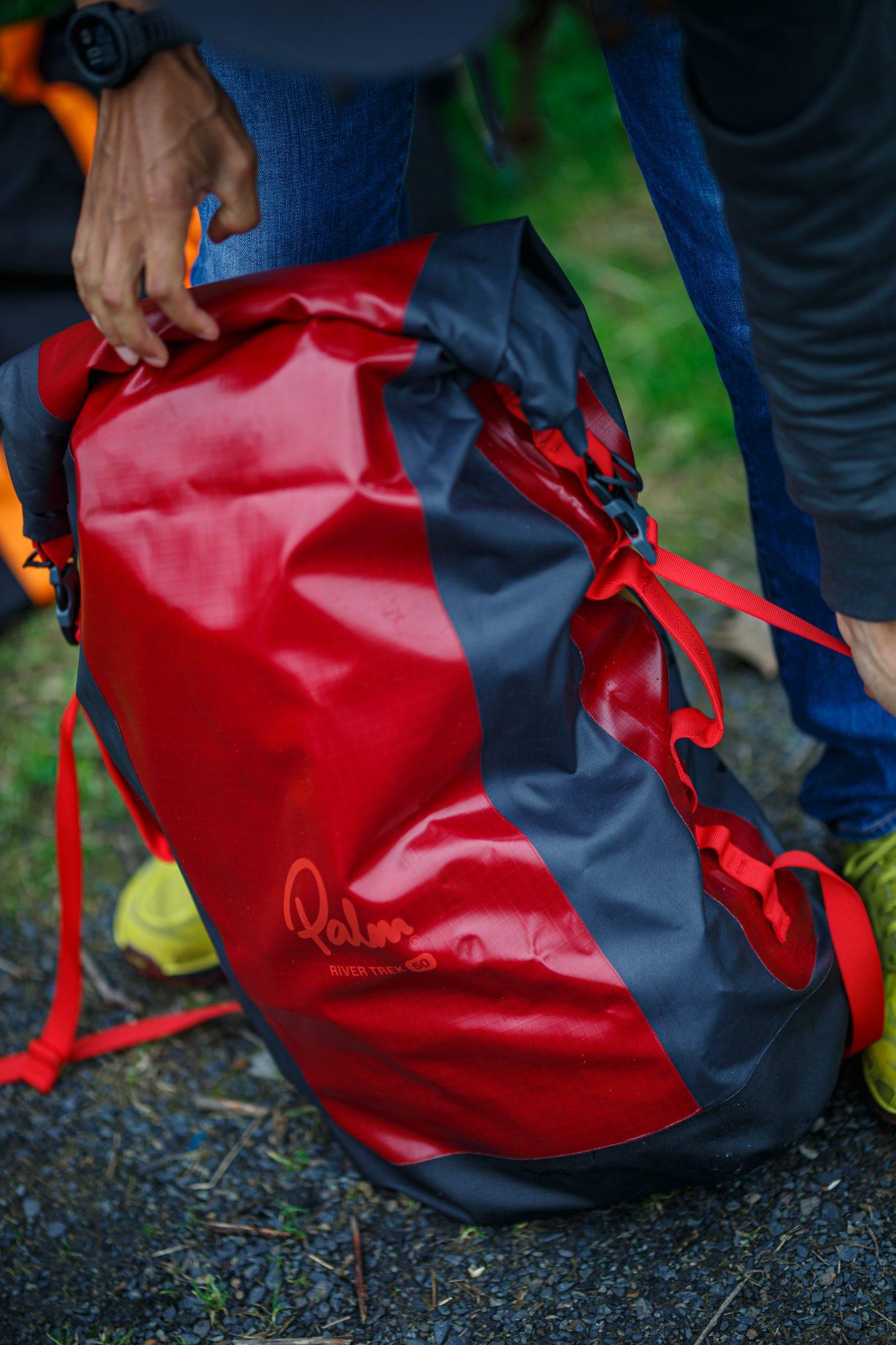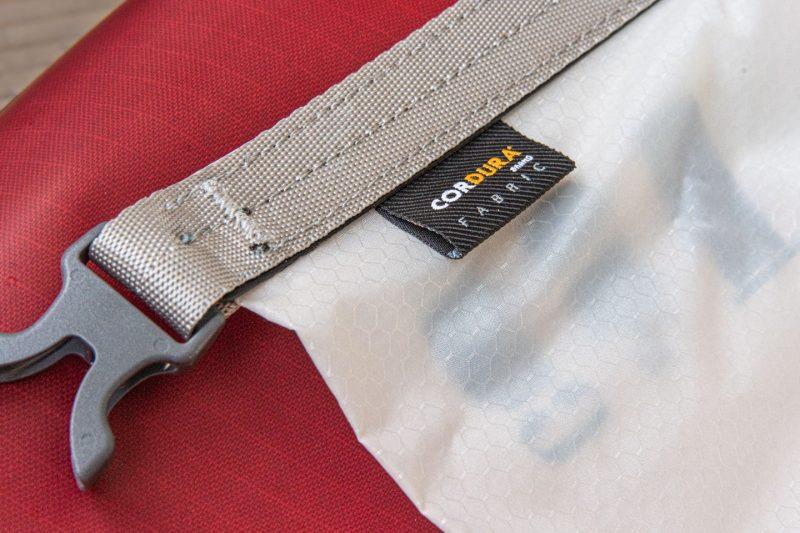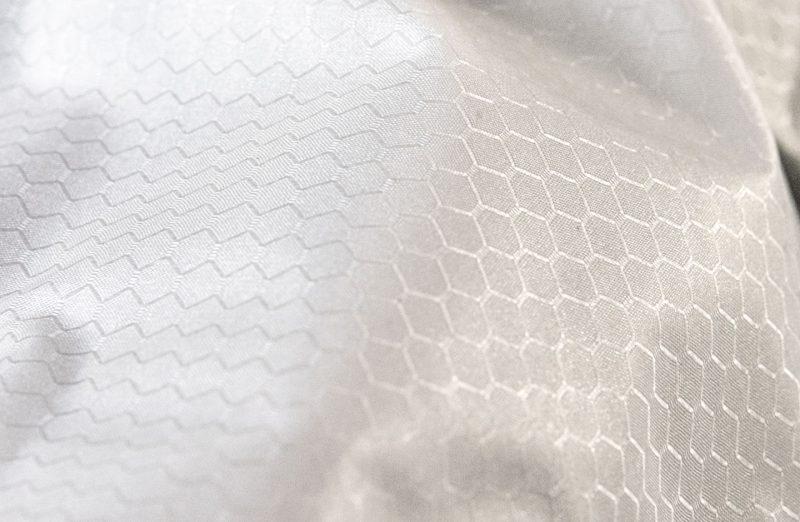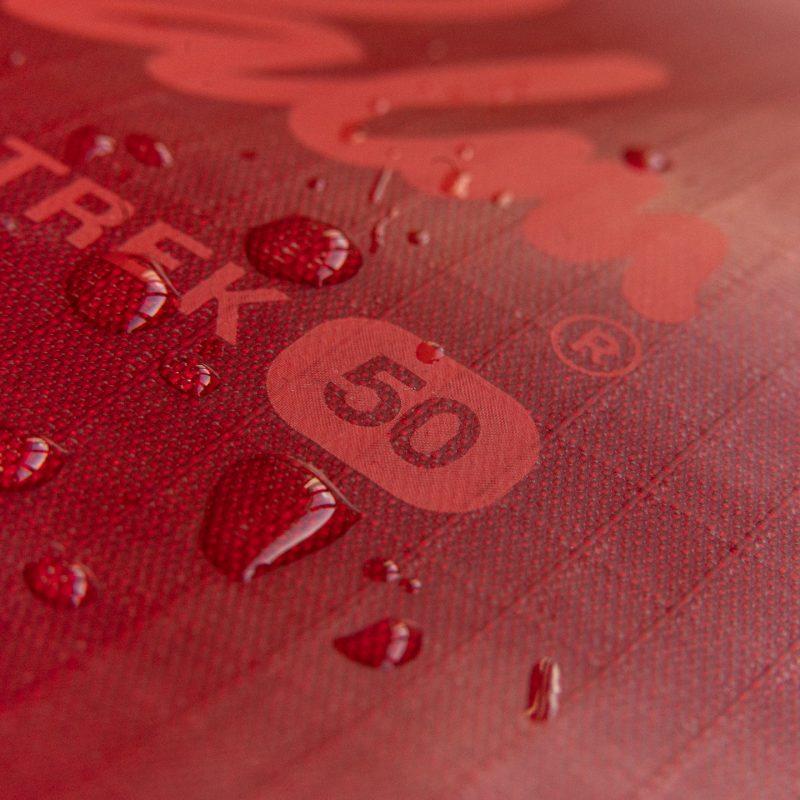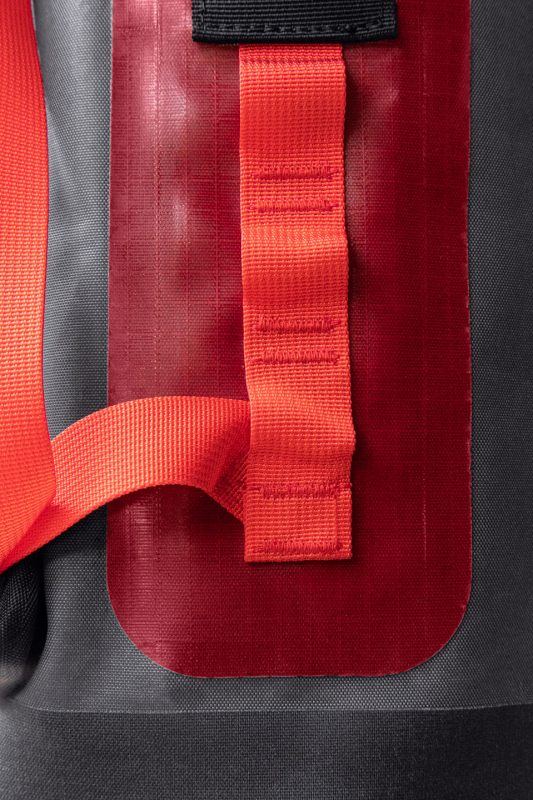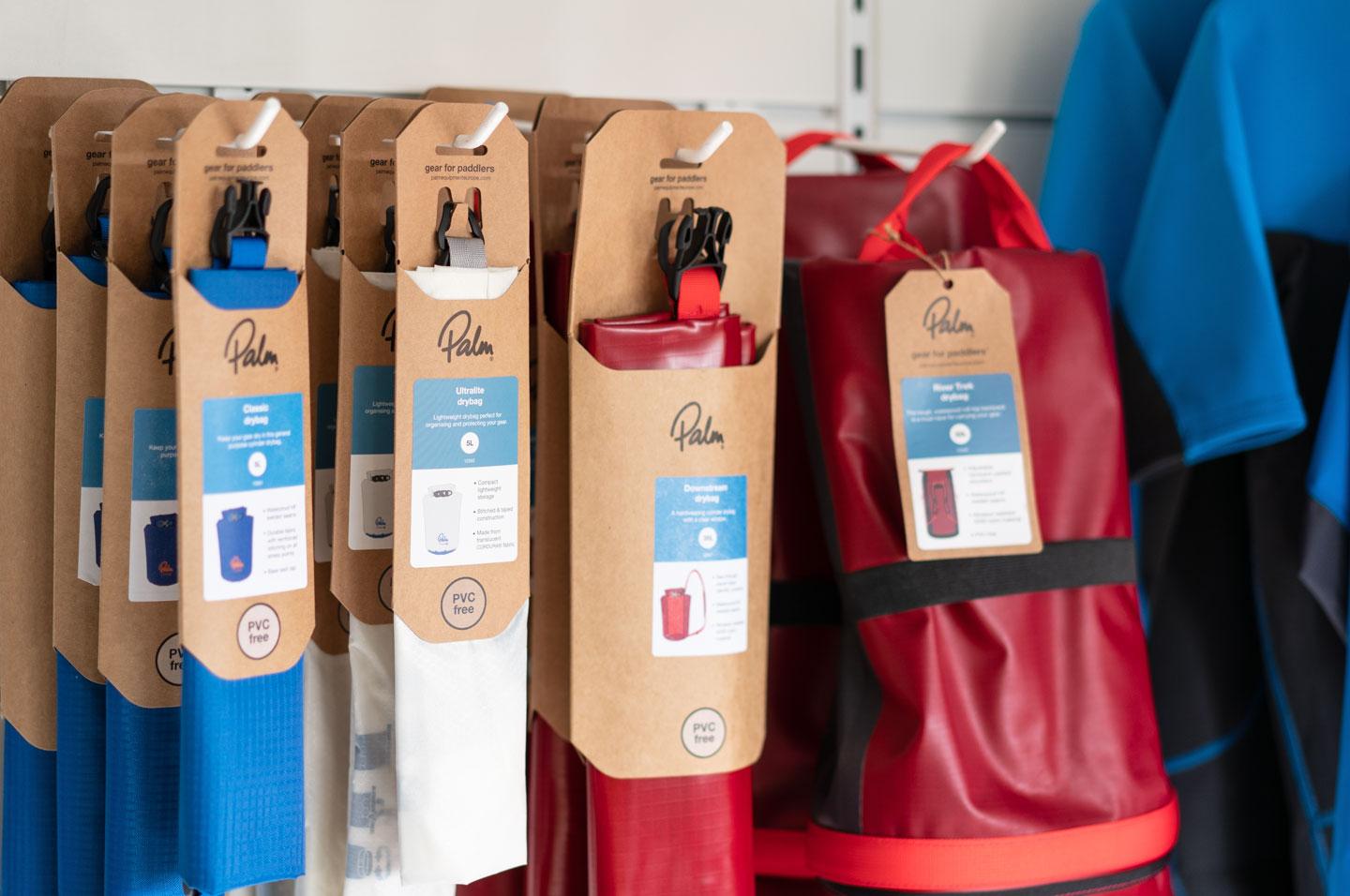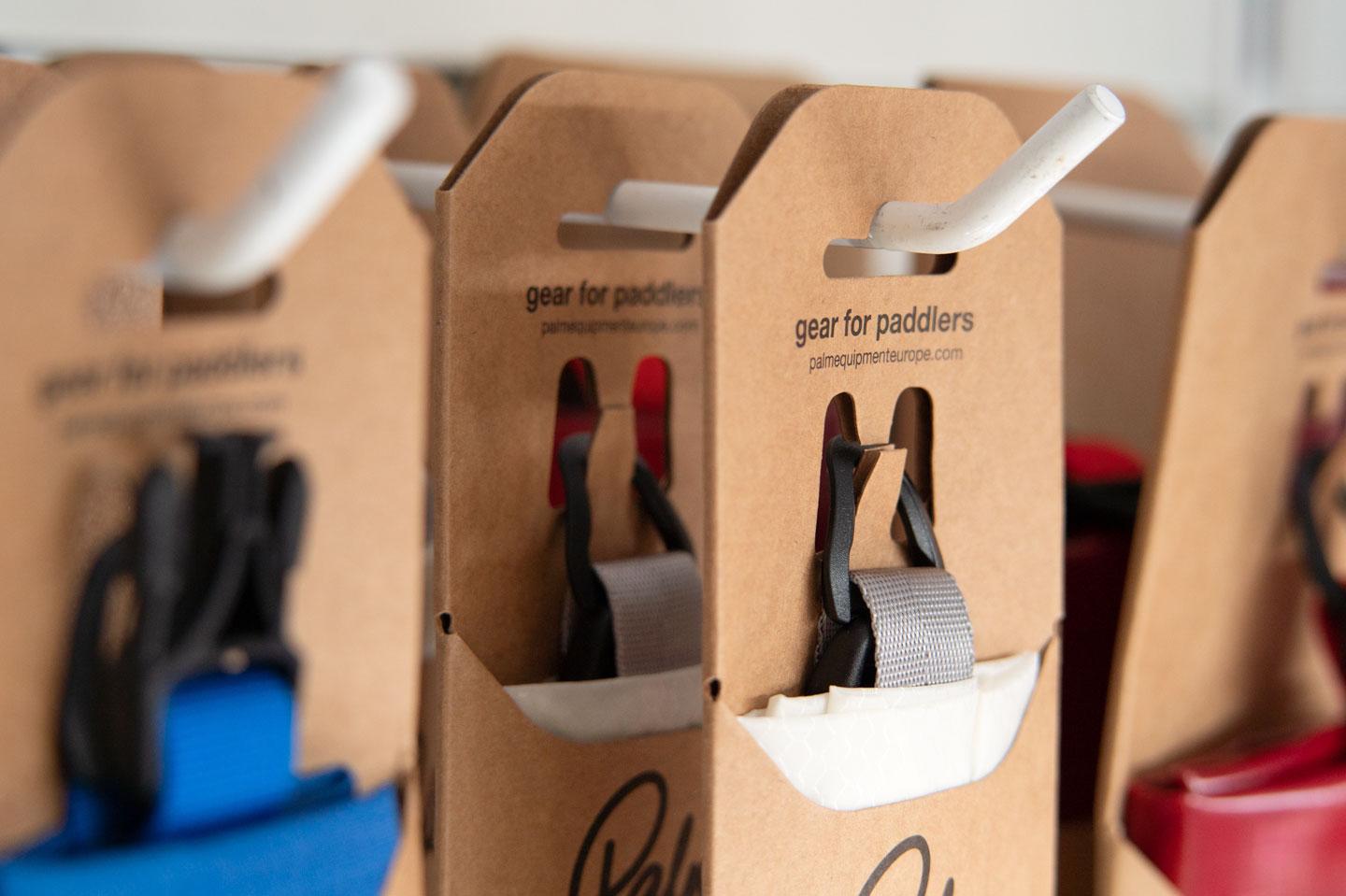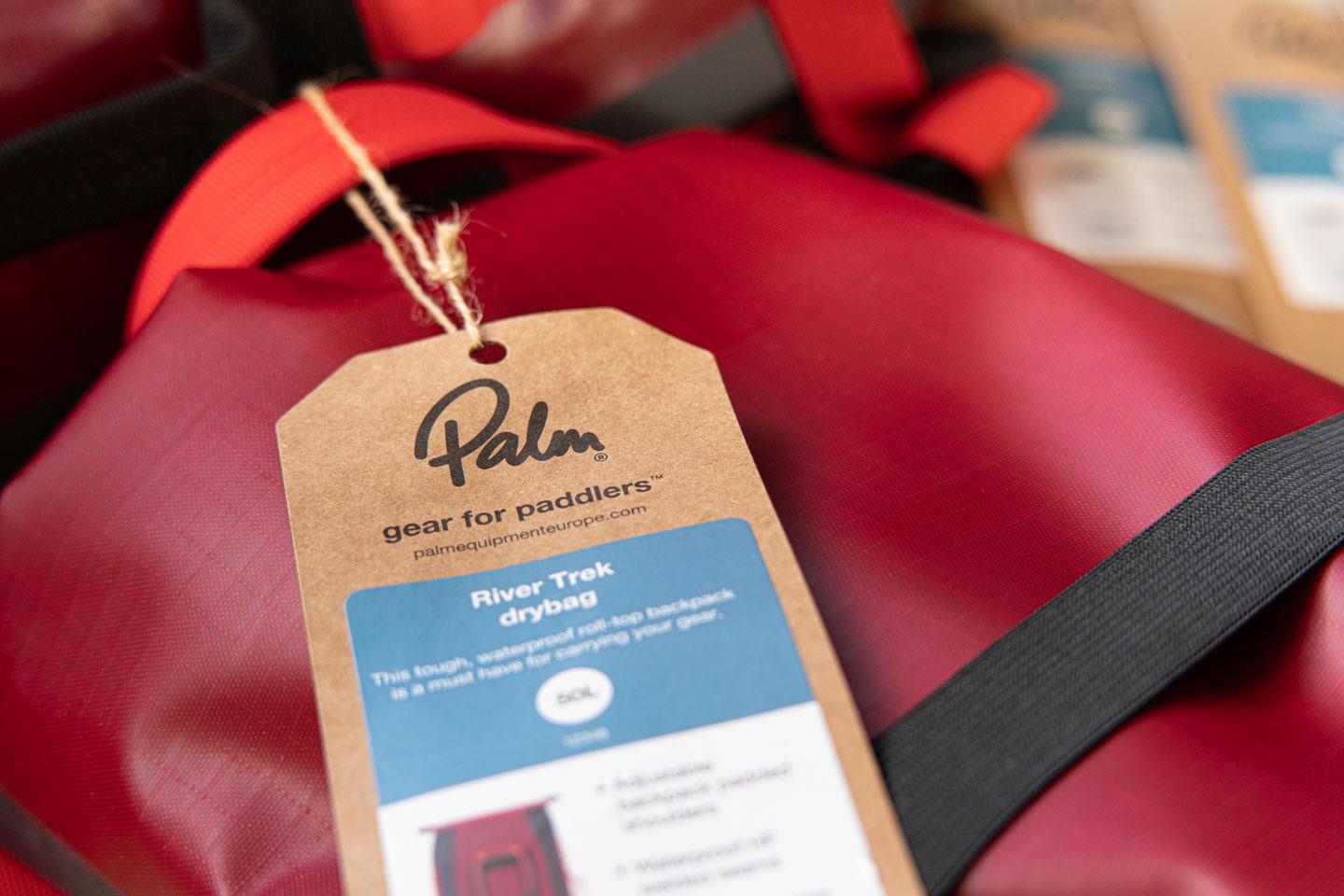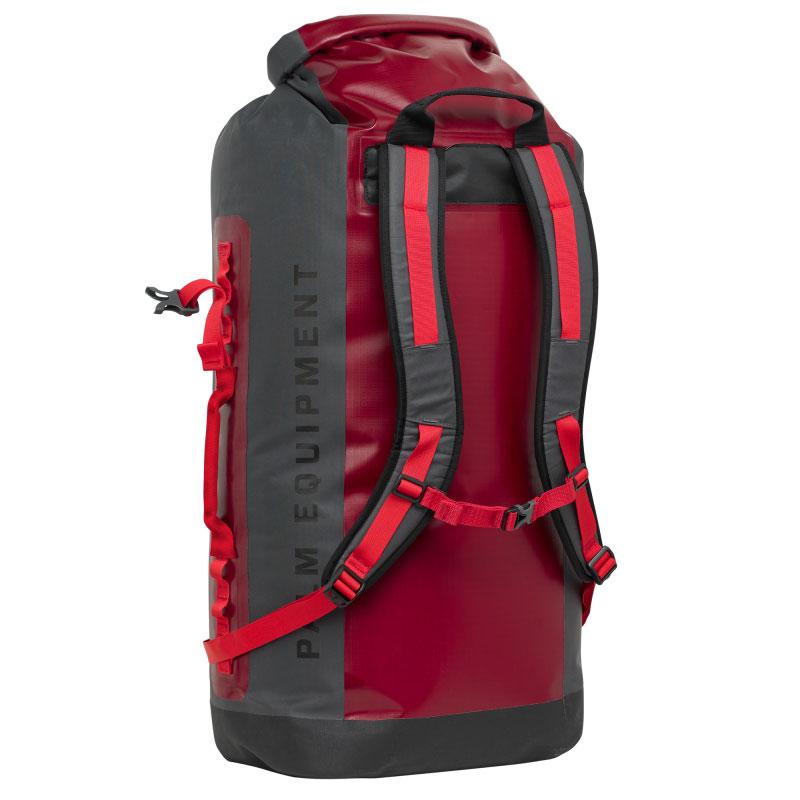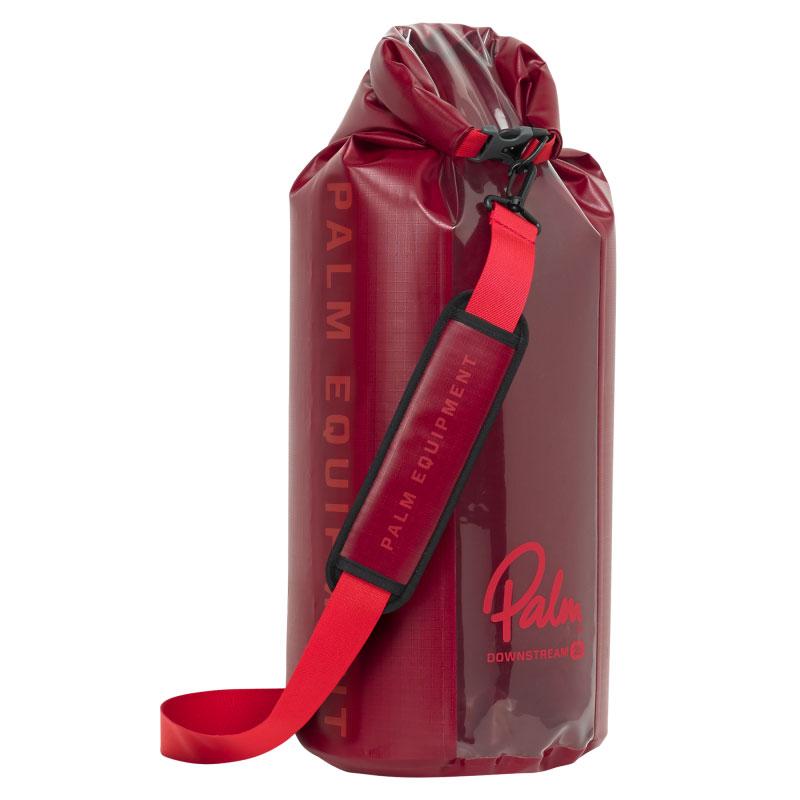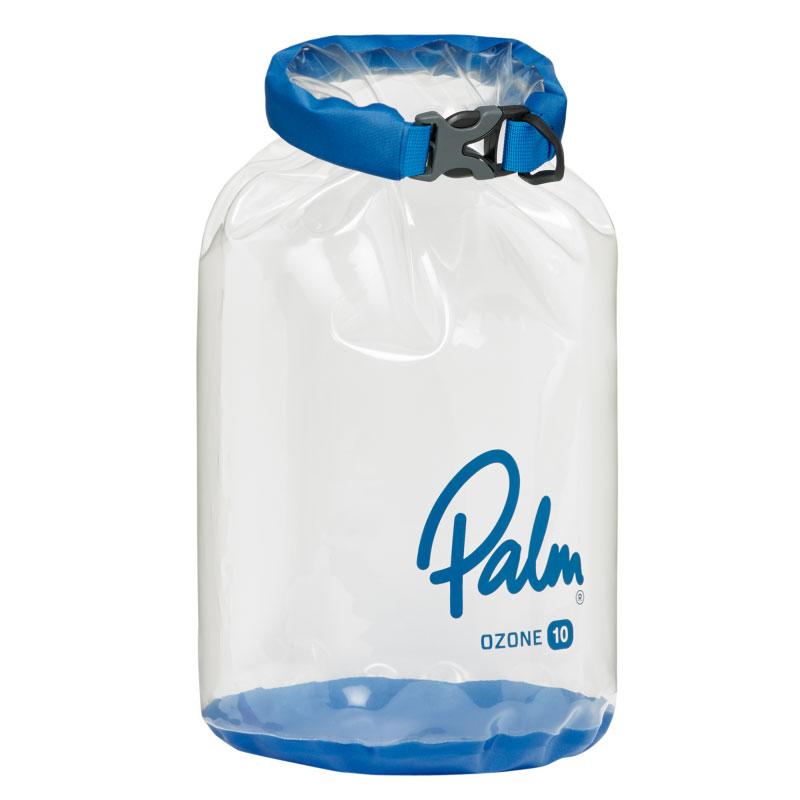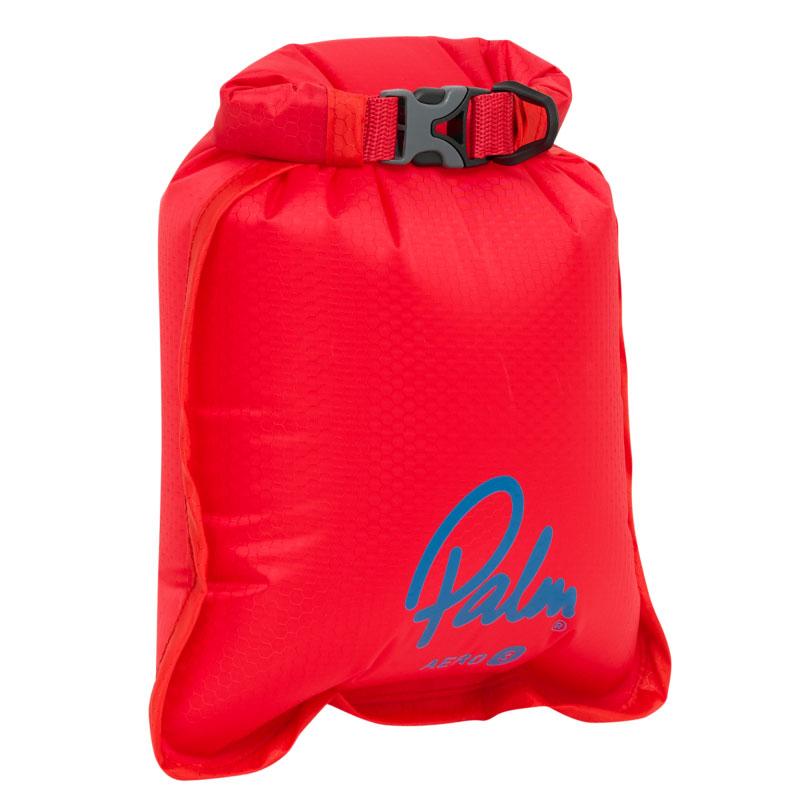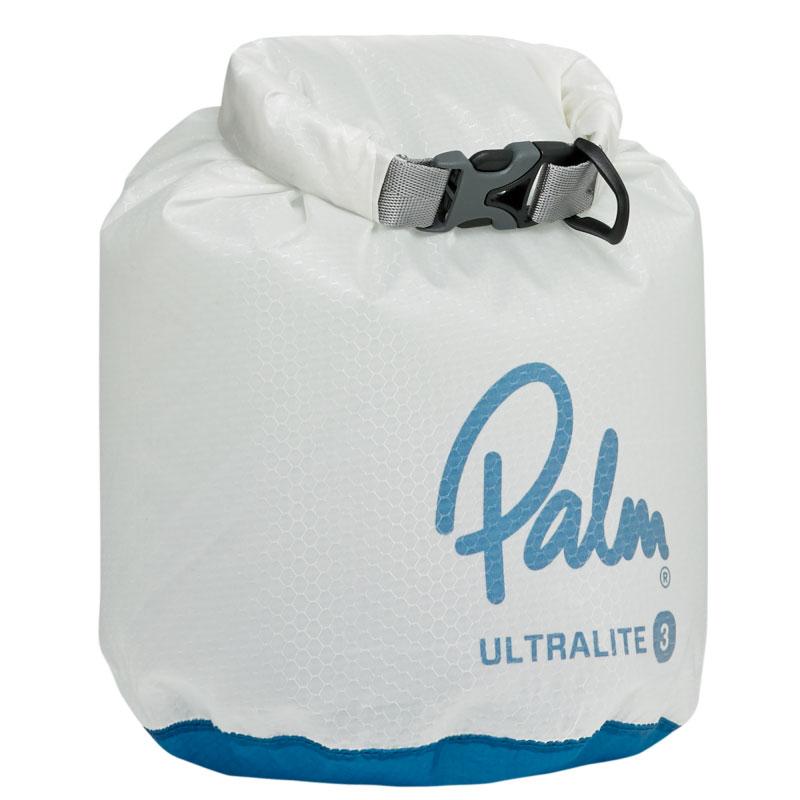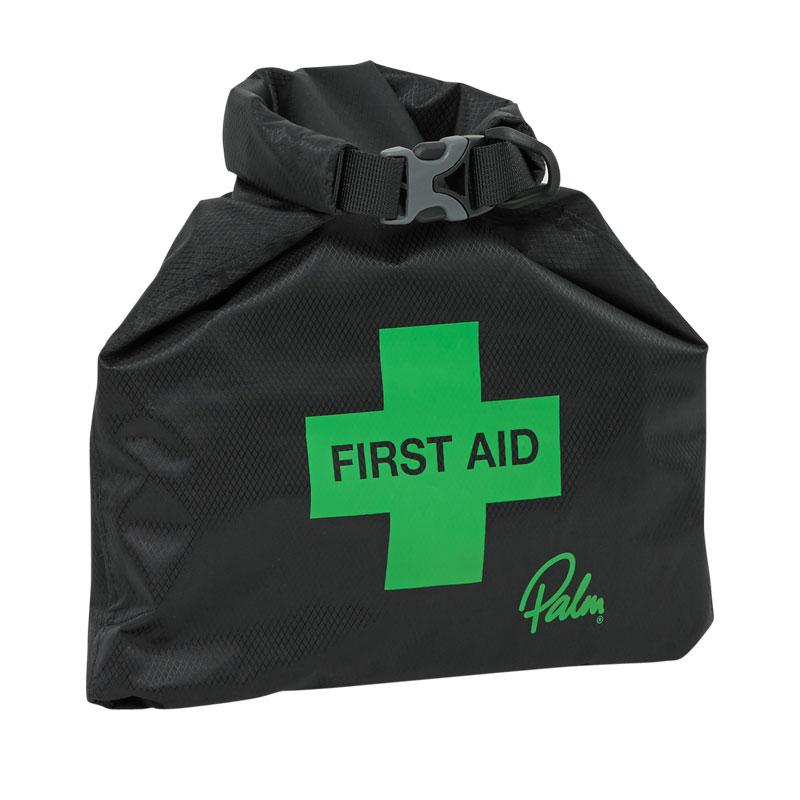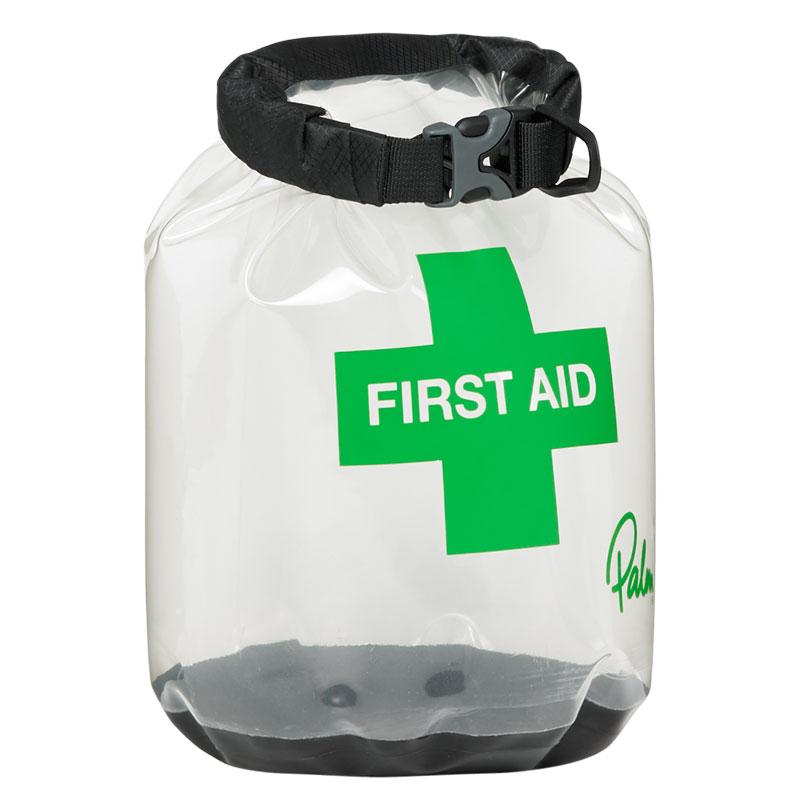Often abbreviated as PVC, polyvinyl chloride is a synthetic polymer renowned for its flexibility, waterproofness and strength. You’ll have seen PVC in inflatable paddling pools and dinghies, in plumbing pipes and in the foam insole in your shoes. For years it’s been used to make drybags too.
So why get rid of PVC?
The production of PVC involves a toxic mix of chemicals – especially phthalates, added help make it into a flexible, soft material. These can leach into the surrounding environment throughout the life of the product. For this reason PVC is banned in children’s toys and food packaging in many countries. It’s not easy to dispose of either: it’s not recyclable, it’s toxic when burned and does not biodegrade. So we have been working to remove PVC from our products.
Enter TPU!
Somewhere between rubber and plastic – thermoplastic polyurethane (TPU) can be made in thickness right down to thin membranes and coatings. It’s really supple, so it welds really well and can be stitched, making for strong seams and really durable bags – perfect to withstand the treatment from paddlers!
Oil and water resistant, it can be made into medical appliances and food safe containers. More abrasion-resistant and elastic than PVC – it remains flexible at very low temperatures and doesn’t break down at high temperatures – so TPU doesn’t become brittle or crack in harsh environments.
TPU can be made in lots of different finishes and weights; textured, smooth, transparent, or applied as a laminate to the woven polyester fabric of our bags – great characteristics for drybags both lightweight and heavy-duty.
Is there a catch?
TPU costs more but it’s worth the money. Bags made with TPU last longer. And compared to PVC, making TPU is non-toxic, without the need for plasticising chemicals to make it flexible. TPU is biodegradable and can be recycled.
Great, what else?
We are trying to think end-to-end with our products. We’ve got a long way to go, but along with our drybags we took the time to look at the packaging.
Everyone wants to receive new gear in good condition, so we need bags, boxes and cartons. Packaged well, more products fit in a shipping box, which reduces the burden on freight and distribution.
In 2019 we made changes – switching all our drybag packaging to a recycled card, without using glue or plastic ties. This reduced the mass of material we used in packaging by 25%. We also changed the finish to plain cardboard and cut down the labeling – reducing the amount of ink used by 50%.
We will continue searching for materials and manufacturing techniques that reduce the environmental impact of our products, and remain focused on producing gear that is built to last a lifetime of adventure.
Keep kit together
So throw your gear in the load-lugging River Trek, or carefully compartmentalise your camp gear in some Ultralite bags, or shoulder your beach towel and sunscreen in a Downstream – there’s a Palm PVC-free drybag for you.
